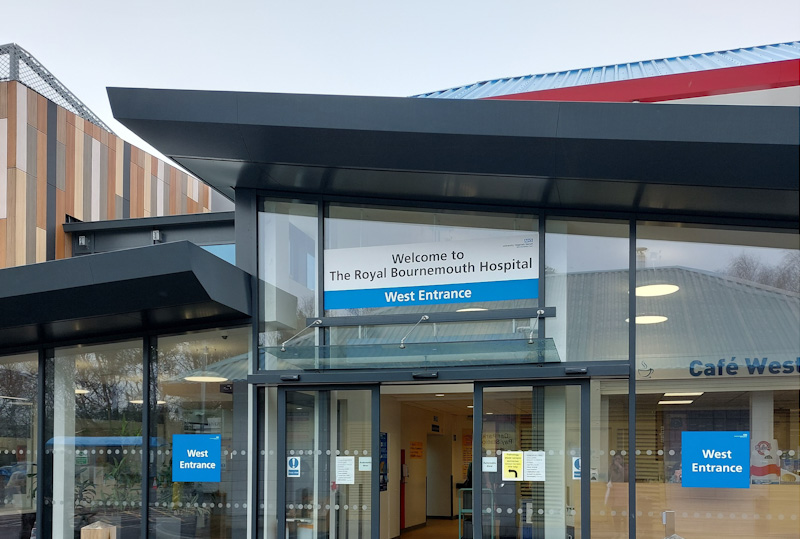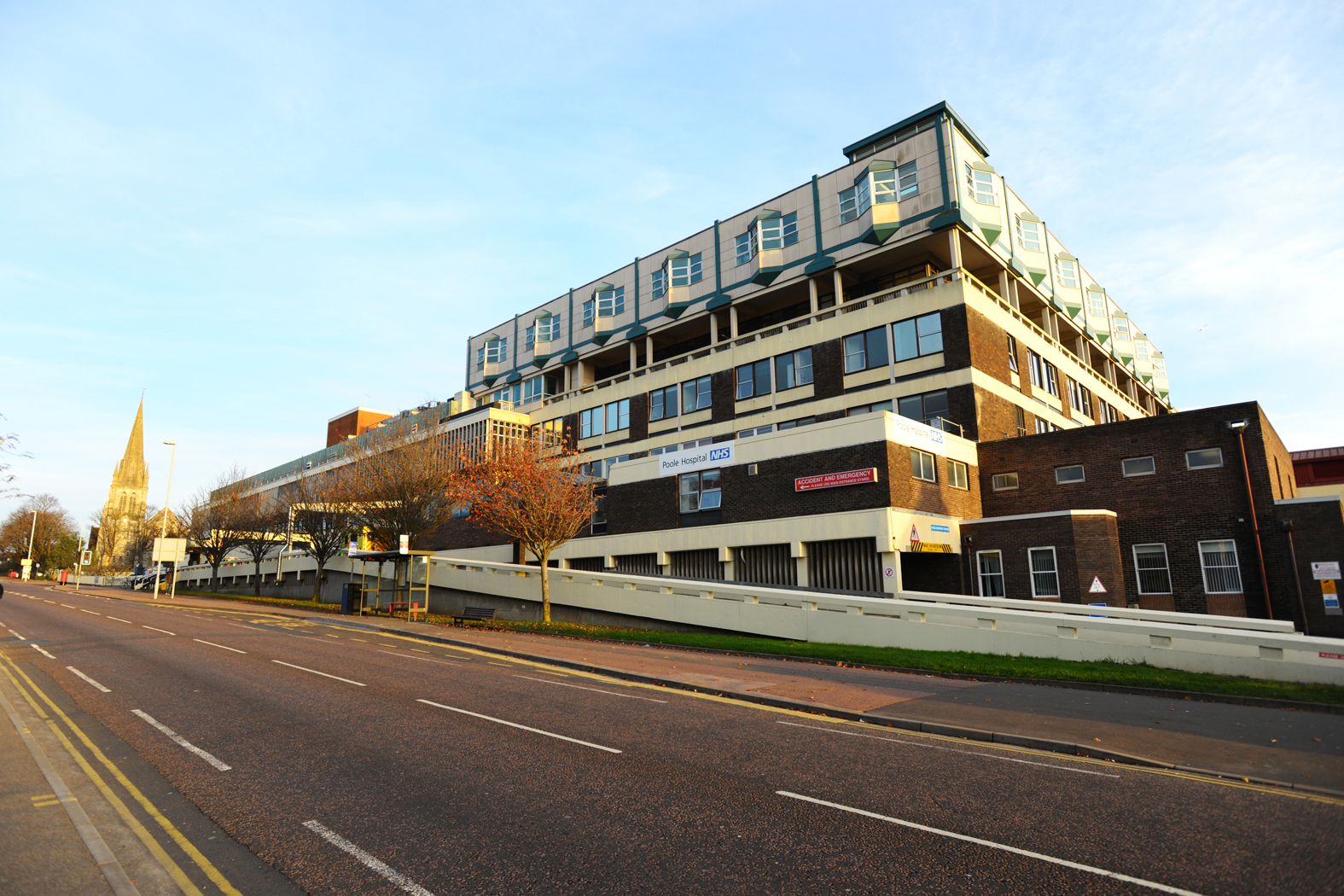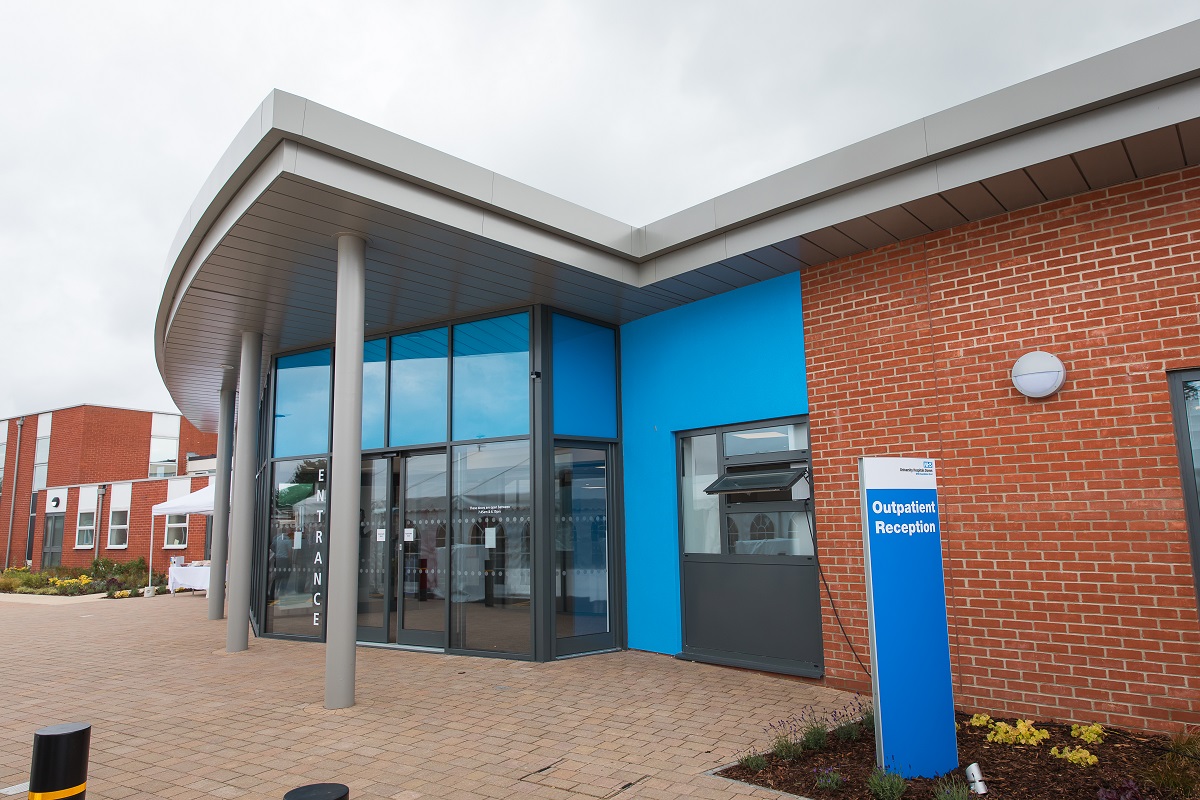Investigations
Investigations undertaken due to symptoms that may be attributable to a diagnosis of colorectal cancer may include:
CT Scan (Computerised Tomography)
This uses specialised X-ray equipment in the form of a doughnut-shaped scanner, to take multiple images of your body to build up a 3-D picture of your organs and surrounding structures. They can also identify the way in which organs are working through things such as blood flow, oxygen and glucose use, etc. The machine then takes many images and records many measurements, which together are used to create a comprehensive view of the area being investigated. The radiation you are exposed to is a very low amount, and the radiation risk is very low, compared to the potential benefits. However, if you may be pregnant or are breastfeeding, you must inform us before the test is performed. Please also tell us if you are diabetic.
MRI Scan (Magnetic Resonance Imaging)
This is the test where you lie on a flat bed which moves in and out of a large tunnel. It uses a magnetic field and pulses of radio-wave energy, to create a detailed 3D image of internal body structures. It provides different information from a CT scan.
Ultrasound (US) scan
A small device called an ultrasound probe is used, which gives off high-frequency sound waves which can't be heard by the human ear. The probe is passed over the part of the body of interest, and the sound waves reflect back from the different structures inside which are then turned into an image which is seen on a screen.
Endoscopy - Colonoscopy or Flexible Sigmoidoscopy
Endoscopy is a general term for when the inside of a part of the gastrointestinal system is viewed by use of a tiny digital camera on the end of a long, flexible tube ("scope"). With a colonoscopy, the bowel is emptied out beforehand by a solution we will ask you to drink. In the test, a scope is passed into your body via the anus (bottom) and we follow the colon (large bowel) around to see its inner surface, to see if there are any growths, damaged areas or other problems. During the test we have to inflate your bowel with air to open out the folds and make the pictures clearer. If we leave any air inside after the test, it will pass in the natural way. If you have sedation for this procedure you will need to have an adult with you for the following 12hrs, and you will not be able to drive or drink alcohol for a full 24hrs afterwards, which allows time for the residual effects of the sedation to leave your body.
A flexible sigmoidoscopy is performed in the same way with the same instruments, but it is a shorter test where we only look at the lower part of the large bowel, and because of this you will not need to drink the solution to clear the bowel, but will be asked to give yourself an enema which we will send you with your appointment letter. The enema should clear the lowest part of the bowel enough so that we can get the views we need. Most people do not require sedation for a flexible sigmoidoscopy.
A rigid sigmoidoscopy is sometimes performed in clinic, so that we can see any problems just in your rectum and very lowest part of your colon, e.g. haemorrhoids ('piles'). This is a short tube which holds the anus (bottom) open so that the clinician can view the area directly.
Endoscopic Ultrasound (EUS)
This is where an ultrasound probe is passed through the inside of an endoscope during endoscopy to create ultrasound pictures of the surrounding structures in the body. Because the ultrasound probe is inside the body, this creates clearer pictures in comparison to normal ultrasound scans.









